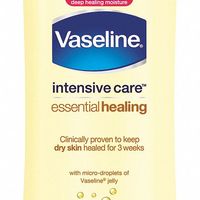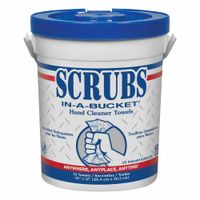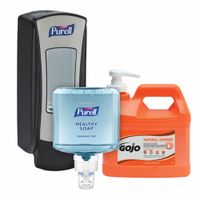- Home
- Cleaning And Janitorial
- Hand Personal Care
.....Read More
Frequently Asked Questions
What are the best hand sanitizers for germ control in hospitals?
How do hand soap and dispensers contribute to cleanliness in workplaces?
What are the benefits of using hand cleaning wipes in correctional facilities?
How does hand and body lotion prevent skin dryness in commercial environments?
What are the most effective facial and body care products for maintaining hygiene?
How do hand dryers compare to paper towels in terms of hygiene and efficiency?
What are the essential feminine care products needed in public restrooms?
How can incontinence supplies be effectively managed in healthcare settings?
What oral care products are recommended for preventing tooth decay in workplaces?
How do personal care products like shampoo and body wash promote hygiene in shared facilities?






